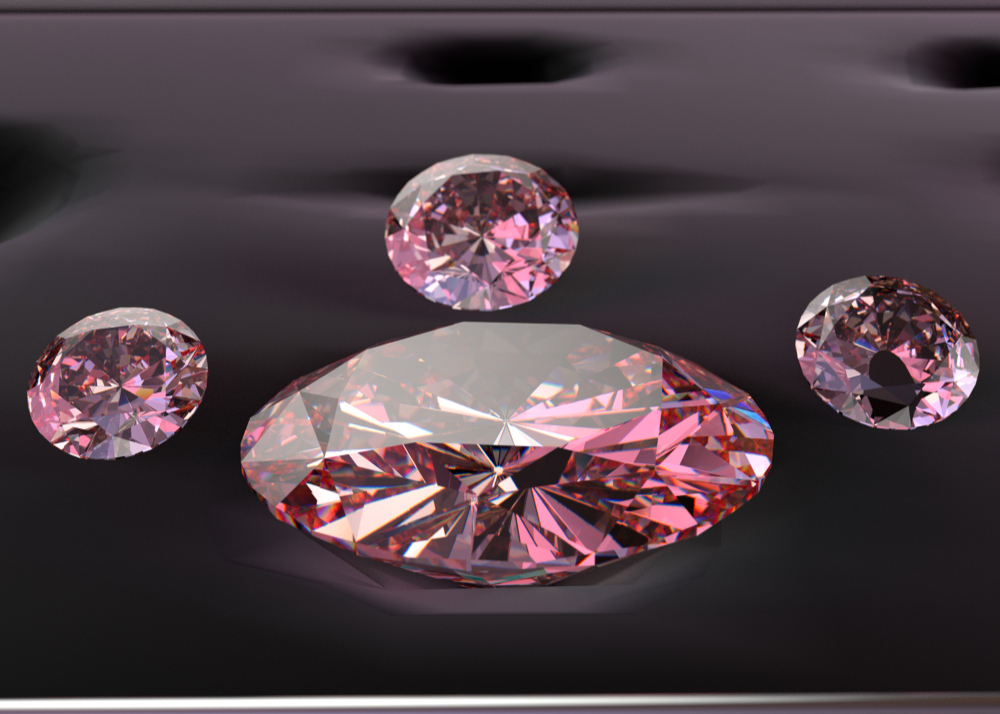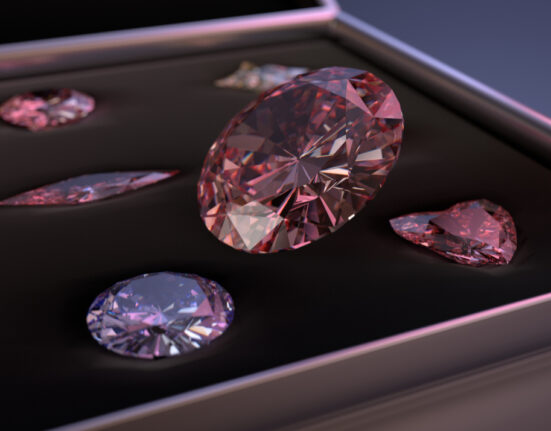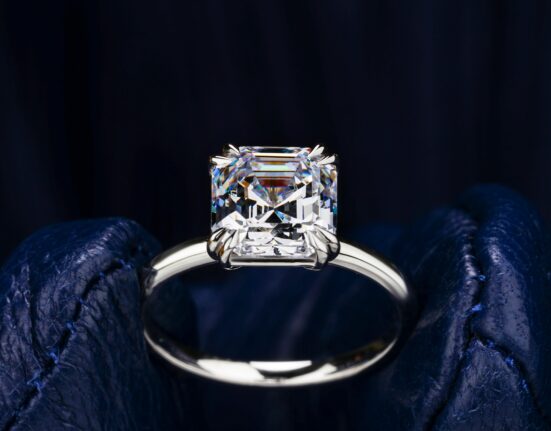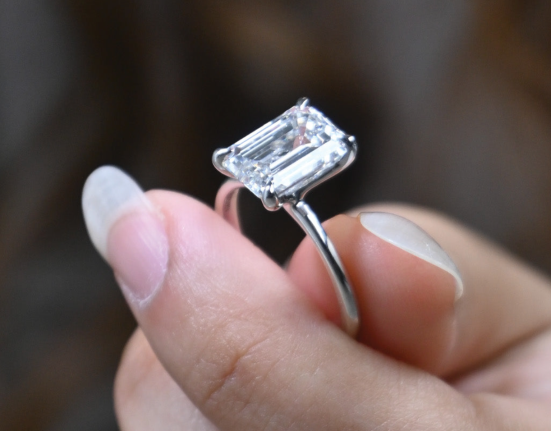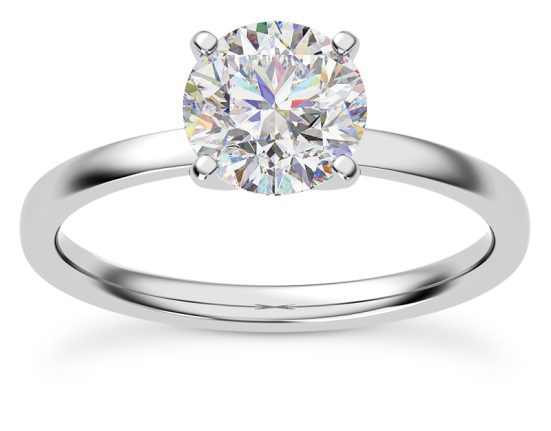Diamonds have long been the object of desire as a symbol of love, rarity, and lasting beauty. And yet for the common consumer, the question remains—is what really drives the price of a diamond up, and how can one guarantee they’re receiving true value for their dollar? That’s where Rare Carat, America’s #1 source for unbiased advice on diamond engagement rings, has completely revolutionized the diamond consumer experience.
For its openness, innovation, and customer-first mentality, Rare Carat compares more than a million natural and cultured diamonds across top retailers to deliver the best value. With free gemologist reports on GIA-graded stones and intuitive 4 Cs Diamond Buying Guide, Rare Carat puts knowledge in the hands of insiders.
The Foundations of Diamond Value
In order to grasp diamond pricing, one first needs to consider the Four Cs—cut, color, clarity, and carat weight. All of them have an impact on the final cost, but not necessarily in the same way.
- Cut: The light and fire of a diamond are incredibly reliant on its cut. A well-proportioned stone refracts light wonderfully, making it considerably more in demand—and costly.
- Color: Diamonds are generally thought of as being colorless, and the presence of some color has a large influence on prices. Colorless diamonds are very seldom discovered, and they command premiums.
- Clarity: Imperfections or inclusions within or on the stone decrease its value. Diamond pieces that are flawless or nearly flawless in terms of clarity are the best quality in the market.
- Carat Weight: Most well-known, carat weight is size. The bigger the diamond, especially the three or four carats and more, the rarer and the faster their price increases as a consequence of it.
Not only do Rare Carat clearly define these terms in plain language, but they also integrate them into their product so that shoppers can compare quality to price to their specifications.
Market Trends Influencing Diamond Prices
While the Four Cs are still the foundation of diamond value, trends have moved to make things even. Natural diamonds remain their charm, but lab-created diamonds are a rising player. With gorgeous beauty at a price segment a fraction of what it once was, lab-created gemstones capture the imagination of a new generation of consumers who wish to be as green as possible and spend as little as possible.
Rare Carat in the lead with one of the largest inventories of man-made and natural diamonds. Their website allows clients to easily compare four-carat natural diamonds with man-made diamonds, knowing full well how each will fit within their budget and desires.
The second direction in the market is toward personalization. Buyers now desire gemstones to arrive with some sort of unique provenance on their own—a quirky cut, atmosphere, or engraving. By marrying expertise with a staggering inventory, Rare Carat respects this need for individuality, choreographing each transaction as one-of-a-kind as the love it signifies.
Challenges in the Diamond Industry
The diamond market presents particular challenges, from fluctuating global supply chains to consumer confusion. Prices within different retailers can be vastly different, and consumers are confused by contradictory advice. Without professional guidance, one could end up paying much more than is necessary for a comparable stone.
This is where Rare Carat brings unmatched value. By combining information from an aggregated sum of millions of listings and offering free gemologist analysis, the website cuts through doubt. Buyers are given transparency, confidence, and assurance—traits not usually equated with an industry long marred with mystery.
Opportunities for Savvy Buyers
Where there is trouble, there is opportunity as well. Clever diamond buyers can get incredible bargains, especially with the assistance of tools such as Rare Carat’s compare feature. Classified by cut, clarity, carat, and price, shoppers can browse and pick their way through options in seconds and discover just what they want.
For example, researchers interested in four-carat man-made diamonds on RareCarat.com can compare prices directly to natural diamonds, read reports on gems, and see GIA certification data. Transparency does not come as a shock here—but wise, well-informed decisions.
Also, the 4.9/5 average Trustpilot and Google Business Profile ratings on the site indicate the confidence that customers have in the site. Such recognition indicates the company’s commitment to excellence and the partner’s commitment to excellence in one of life’s greatest investments.
Why Rare Carat is the Smart Choice
It is not just its technology, but its mission that sets Rare Carat apart. Blending unbiased education, large inventory, and expert gemologist support, the company has disrupted how Americans buy diamonds. It combines luxury with affordability so it is easy to use regardless of whether one is a first-time customer or veteran collector.
All elements of the Rare Carat experience are customer-focused. From its high-end appearance on its website to its personalized suggestions, customers are invited rather than pushed. Customer focus is why Rare Carat has gained the nation’s most used diamond comparison site status in a relatively brief period of time.
The True Value of Diamonds
Ultimately, the value of a diamond lies beyond its carat weight or price. It’s a guarantee for the buyer, knowing they’re covered, and the sentimental value in which the stone is priceless. Rare Carat is giving consumers an experience, not a stone—it’s a lifetime experience.
By elucidating the diamond pricing process, staying in touch with the latest industry trends, and offering unmatched expertise, Rare Carat invites consumers to view the diamond marketplace with clarity and confidence. In an age where transparency is paramount, Rare Carat is the gold standard for finding the perfect diamond.
For more visit Pure Magazine


